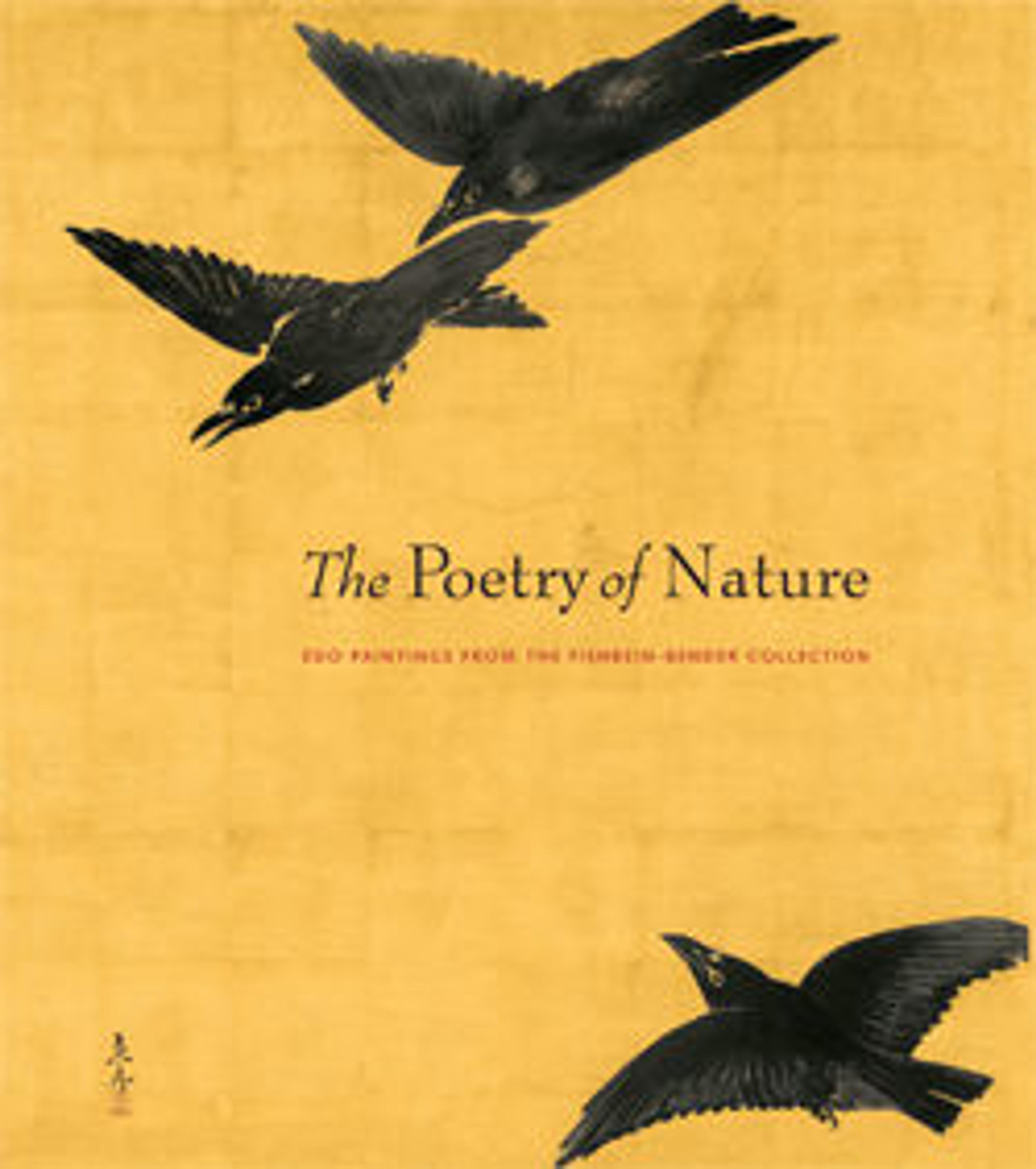Egrets and Crows
The two panels of this brilliant gold-leaf screen display contrasting scenes of two egrets at rest and three crows in flight, with white and black forms counterbalancing each other to mesmerizing effect. The white color of the egrets was accomplished by cutting out the gold-leaf layer and exposing the paper, a technique the artist used on other examples of avian painting. Shibata Zeshin was predominantly known as a master lacquer craftsman, and also incorporated the technique into his paintings. Here, the lacquer employed in place of ink adds a rich, black sheen to the surface. This tour-de-force composition, originally mounted on two separate framed wooden panels, pictorially blends elements of the Maruyama-Shijō school, in which Zeshin first trained, with features of Rinpa art.
Artwork Details
- 柴田是真筆 烏鷺図屏風
- Title: Egrets and Crows
- Artist: Shibata Zeshin (Japanese, 1807–1891)
- Period: Meiji period (1868–1912)
- Date: late 19th century
- Culture: Japan
- Medium: Individual panels remounted as a two-panel folding screen; colored lacquer, white pigment, and gold leaf on paper
- Dimensions: Image (each panel): 53 1/2 x 36 in. (135.9 x 91.4 cm)
Overall (each panel): 60 7/8 x 39 1/4 in. (154.6 x 99.7 cm) - Classification: Paintings
- Credit Line: Fishbein-Bender Collection, Gift of T. Richard Fishbein and Estelle P. Bender, 2011
- Object Number: 2011.572.3
- Curatorial Department: Asian Art
More Artwork
Research Resources
The Met provides unparalleled resources for research and welcomes an international community of students and scholars. The Met's Open Access API is where creators and researchers can connect to the The Met collection. Open Access data and public domain images are available for unrestricted commercial and noncommercial use without permission or fee.
To request images under copyright and other restrictions, please use this Image Request form.
Feedback
We continue to research and examine historical and cultural context for objects in The Met collection. If you have comments or questions about this object record, please contact us using the form below. The Museum looks forward to receiving your comments.
